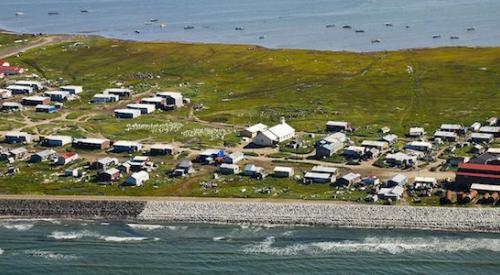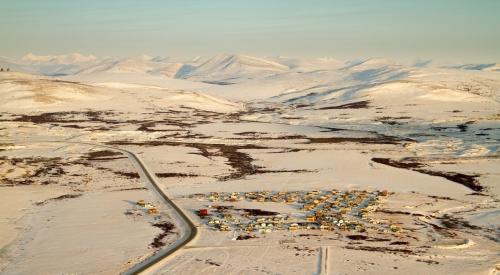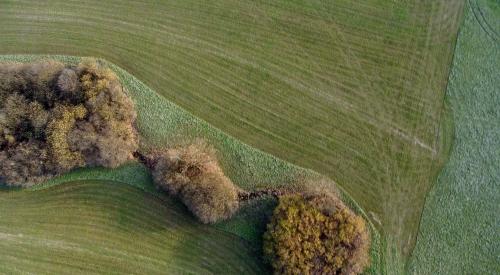The permafrost is melting and homes built on top of it, even those on stilts, are sinking in the Alaskan mud.
Many houses in the state were built during the building frenzy in the 1970s when the Trans-Alaska Pipeline transformed Alaska into a petroleum state. But those home designs were imported from the temperate lower 48 states and were incompatible to Alaska’s climate. Now climate change is accelerating the thawing of permafrost and the demise of anything built on it.
The Cold Climate Housing Research Center (CCHRC) — a part of the National Renewable Energy Laboratory (NREL) and a nonprofit based at the University of Alaska at Fairbanks, is pioneering sustainable and resilient circumpolar architecture in an increasingly unpredictable climate. It’s has built 22 prototypes designed to withstand Alaska’s diverse and antagonistic climate — high winds, extreme snowfall, temperature swings from minus-50 to 80 degrees — and fulfill the needs of its occupants, who often reside in native rural communities.
“If we cannot predict what the climate is going to do, then all of our architecture should be adapted,” says Aaron Cooke, the architect who leads the Sustainable Northern Communities Program at the CCHRC/NREL. “Your building has to be able to change.”
When Jack Hébert moved into a sod house in 1973, the traditional dwelling of Alaska’s Indigenous Inupiaq people, the future CCHRC founder was a 23-year-old mountaineer exploring the western Brooks Range with his first wife. For three winters, Hébert lived in a semi-subterranean house built of logs and sod and learned — through essential lessons passed on from the Indigenous to early homesteaders — what sort of shelter it takes to stay warm through brutal Arctic storms and long stretches of darkness.
Two decades later, this experience would shape Hébert’s vision for the CCHRC. Hébert, now 71, went on to become a builder in the 1980s and ’90s, right as the housing boom began to fail Alaskans en masse. Hébert and a group of professional builders teamed up, consulted with the Canadians (who were a decade ahead in dealing with similar challenges), and decided that if they were going to untangle the mess of colonial architecture, they would need a research center to focus specifically on Arctic building science. In 1999, the CCHRC was born.
Hébert came to see the housing crisis as a failure to collaborate with the people who already knew how to survive here: the first Alaskans.
“I realized … that incorporating the wisdom of a people who had over 10,000 to 20,000 years adapted to one of the harshest climates was an important step,” Hébert says of the CCHRC/NREL. “The foundation for everything we did, particularly in rural Alaska, [had to be] this combination of Indigenous wisdom and 21st-century technologies.”













